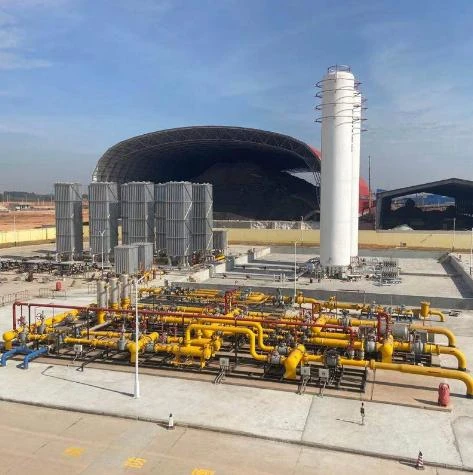
Dec . 19, 2024 13:36
Back to list
صمام تنظيم
Regulating Valves The Key to Effective Fluid Control
Regulating valves, essential components in various systems, play a pivotal role in managing fluid flow, pressure, and temperature. Whether in industrial applications, HVAC systems, or water supply networks, these valves ensure that processes run smoothly and efficiently. This article explores the importance of regulating valves, their types, functions, and the factors to consider when selecting the appropriate valve for a given application.
Understanding Regulating Valves
Regulating valves are designed to control the flow of fluids within a system by adjusting the size of the flow passage as directed by a control signal. They maintain the desired set point in a system by responding to feedback from pressure, temperature, or flow sensors. The operation of these valves ensures that processes are stable, preventing damage to equipment and maintaining product quality.
Types of Regulating Valves
There are several types of regulating valves, each suited for specific applications
1. Globe Valves Known for their good throttling capability, globe valves are commonly used in processes requiring precise flow regulation. Their unique design allows for variable flow rates, making them ideal for applications where minor adjustments are necessary.
2. Ball Valves While predominantly used for on/off control, ball valves can also provide throttling capabilities if designed with special seats and trims. They are favored for their durability and low pressure drop, making them suitable for high-flow applications.
3. Butterfly Valves These are widely used for regulating flow in large pipes due to their compact design and lightweight nature. Butterfly valves can be operated quickly and offer a relatively low-pressure drop, although they may not provide the same level of control as globe valves.
4. Check Valves Although primarily used to prevent backflow, certain check valves can help regulate flow in specific applications. They rely on the flow direction and are critical in maintaining system integrity.
5. Pressure Relief Valves These safety devices automatically release excess pressure to protect equipment and ensure safe operation. They are essential in preventing potential system failures and accidents.
.
The primary function of regulating valves is to maintain a specific flow rate or pressure within a system. Some key functions include
صمام تنظيم

- Flow Control By adjusting the opening of a valve, operators can control the volume of fluid passing through, ensuring that the desired flow rate is maintained.
- Pressure Regulation Regulating valves can maintain a constant pressure in a system, preventing fluctuations that could lead to equipment damage.
- Temperature Control In systems where temperature regulation is critical, these valves can adjust flow rates to ensure that the desired temperature is maintained.
Selecting the Right Regulating Valve
When selecting a regulating valve, several factors must be taken into account
1. Fluid Type The nature of the fluid (liquid, gas, corrosive, or abrasive) will influence the choice of material for the valve.
2. Pressure and Temperature Requirements Consider the operating pressure and temperature range to ensure the valve can withstand the conditions of the application.
3. Flow Characteristics Understand the flow requirements, including whether laminar or turbulent flow is desired, and select a valve that matches these needs.
4. Control Method Determine whether manual or automatic control is required and choose a valve compatible with the control system.
5. Maintenance Needs Consider the ease of maintenance and the availability of replacement parts when selecting a regulating valve.
Conclusion
Regulating valves are vital elements in various industries, ensuring the efficient and safe operation of systems that handle fluids. Their ability to control flow, pressure, and temperature makes them indispensable in sectors ranging from manufacturing to water treatment. By understanding the different types of regulating valves and their functions, as well as the key factors involved in selecting the right one, professionals can make informed decisions that enhance system performance and longevity. In an era where efficiency and safety are paramount, investing in the right regulating valve solutions is not just an operational necessity but a strategic advantage.
Latest news
-
Safety Valve Spring-Loaded Design Overpressure ProtectionNewsJul.25,2025
-
Precision Voltage Regulator AC5 Accuracy Grade PerformanceNewsJul.25,2025
-
Natural Gas Pressure Regulating Skid Industrial Pipeline ApplicationsNewsJul.25,2025
-
Natural Gas Filter Stainless Steel Mesh Element DesignNewsJul.25,2025
-
Gas Pressure Regulator Valve Direct-Acting Spring-Loaded DesignNewsJul.25,2025
-
Decompression Equipment Multi-Stage Heat Exchange System DesignNewsJul.25,2025

